The Witcher 3: Wild Hunt is huge and intimidating for people new to the series. No need to fear though, because things get easier as you play, and I’m here to make those first few (10?) hours as smooth as possible.
I’ll help you with combat, skills, crafting, quests, the map, and more. This game does have a tutorial, but is still takes some getting used to, especially if you have never played a Witcher game. Also, please visit the Master guide list to see every guide we have on the game.
This guide will cover the basics of The Witcher 3 including:
- Tips – Tips to help you at the beginning.
- Basics – Basic systems of the game.
- Combat – How combat works and the different ways you can fight.
- Character – Skills and items you can equip and what they do.
- Crafting – Explanation on how crafting works.
- Map and Quests – What the symbols on the map mean and getting different quests.
Tips
Starting off you should know a few things.
- Do not skip the tutorial.
- People familiar to the series can probably get away with this, but it is a bad idea if you’re new.
- Do all side missions and contracts, especially at the beginning.
- I made the mistake of doing only the main quests and after only completing a couple, I was very undergeared and low-level.
- Try out different combat styles early on.
- This lets you see what you have fun with the most, or what your strengths and weaknesses are.
- I’m going with a focus on Sign usage and will aim to get medium armor.
- Gather crafting materials.
- This takes up a lot of time while you’re trying to get through the game, but it helps in the long run.
- Being able to craft helps, especially when you aren’t lucky enough to get many drops.
Basics
As a Witcher, you have access to some amazing abilities normal people do not have.
- Witcher Senses – Allows you to see hidden objects, find quest objectives, spot enemies, and more.
- Swimming – No need to fear the water, Witchers are certified lifeguards (not really) and can swim or dive in bodies of water.
- You might even find some treasure down there.
- Horse Riding – Cruise to countryside in style as ride your horse, Roach.
- Lobbing enemy heads off while galloping through fields is sure to brighten up even the darkest of days.
- Sailing – Boats. You can use them.
- Weather – Realistic weather and scenery. I saw the dark clouds coming in before a storm instead of just cycling through specific weather defaults like you see in some games.
- The view of a sunset in some locales is pretty awe-inspiring.
- Theft and Guards – You can steal, probably shouldn’t do it in front of people because crime.
- You can also threaten people/guards or pull your weapons out in town. These actions cause them to be wary of you and sometimes even attack.
- Real-Time Combat – The fighting in the game can be. There are different ways you can go about it, and I had my fair share of deaths at the beginning. More on that in the next section.
- Meditation – The game uses a built-in clock for a day/night system. Sometimes shops won’t be open because of the time, and other things may not be available.
- Meditation let you skip to a certain time and stay in the spot you’re in.
- You’ll also recover health if you’re not playing on one of the hardest difficulties.

Combat
Combat is a huge part of the game, and there are many things you can do. Let me go over the weapons, first.
Weapons
- Swords – You have two swords, Steel and Silver.
- Use Silver for monsters and magical creatures.
- Use Steel for humans and non-magical creatures.
- When you attack, you’ll automatically pull out the right type of sword, but their health bars show which you should use.
- Silver bar means use the silver sword.
- Red bar means use the Steel sword.
- Crossbow – You also have a ranged weapon. This is great for keeping distance or fighting ranged or flying enemies.
- Secondary – There are weapons other than swords, such as maces or axes. They don’t count as steel or silver, but they can still do a lot of damage.
When using melee weapons, you have a fast and a strong attack. Landing attacks also builds Adrenaline points, which increases weapon damage.
- You can hold the parry button to block attacks
- Press it just as you are about to be hit to counterattack.
- You can dodge and roll from attacks as well.
- Dodges are small, but you can attack quickly after.
- Rolls are much bigger and help you get away from huge attacks.
Signs
Signs are magic spells that Witchers can use. It costs stamina to use and you have to wait for your stamina to recover to use them again. There are 5 Signs.
- Aard – Wave of telekinetic energy that staggers opponents.
- Igni – Blast of fire that damages enemies.
- Yrden – Magic trap that slows enemies that walk over it.
- Quen – Shield that absorbs damage.
- Axii – Charms the mind. Temporarily stops them from fighting.
- Also used to influence people during dialog.
Character
There are many things you can do to customize your character. Let’s start with the inventory.
Inventory
You already know about weapons, but there is also armor and more.
- Armor – There are 3 types of armor, Light, Medium, and Heavy. The heavier the armor, the more protection it gives.
- There are other important reasons to choose a certain type of armor, but I’ll get to that in the skills section.
- Consumables – You can equip 2 of these. This consists of healing items, or alchemical potions.
- Bombs – You can equip 2. Use these for more ranged damage.
- Pockets – This also has 2 slots. Right now, I just have a torch, but there are other helpful things you can equip to these slots later.
- Trophy – Some creatures drop trophies. You can equip these to have a passive effect, or turned in for a reward.
It is important to note how the inventory system works in The Witcher 3: Wild Hunt.
- You can only carry a certain amount of weight. If you have over the max, you’ll start walking very slowly.
- This is shown at the top-right of the inventory screen with a bag symbol. The beginning has a max of 60.
- You can equip saddlebags to increase how much you can carry.
- The inventory uses a grid system.
- Each item takes up a certain number of squares, so you may run out of room if you have several huge items in your inventory.
Skills
There are 5 categories of skills. 4 of them use skill points. Besides Mutagens, you can equip a total of 12 skills. Every skill you unlock, even passive ones, must be equipped for them to take effect.

- Combat – Gives benefits to fast attacks, strong attacks, defense, crossbow, and adrenaline points.
- Signs – Increases effectiveness of any or all the 5 Signs.
- Alchemy – Benefits to potions, oils, bombs, mutagens, and toxicity levels.
- General – Passive abilities that affect the game in general.
- This is where armor types come into play.
- Cat School increases critical hit damage and fast attack damage for each piece of light armor equipped
- Griffin School increases Sign intensity and Stamina regeneration for each piece of medium armor equipped.
- Bear School increases Vitality and strong attack damage for each piece of heavy armor equipped.
- Mutagen – These are passive skills that increase a certain stat. You can equip a total of 4.
- These can be crafted or found.
Crafting
Crafting works similar to other games, but with a slight difference. You must go to a craftsman to have them craft things for you and each craftsman has their own level.
For example – If you have plans for a high level item and go to a low-level craftsman, it says their skill is too low to craft it. You will have to either go to a different craftsman, or do quests for them to level them up.
There are 2 kinds of crafters. Blacksmiths craft weapons, and armorers craft armor.
You can craft things in alchemy anywhere at anytime. Everything requires materials, which you can find throughout the world.
Maps and Quests
Map
There are many helpful things on the map.
- You can see herbs, including the name, for use in alchemy.
- Fast travel signs appear when you get near them.
- Go near one to fast travel to any other fast travel sign you’ve discovered.
- Question marks are certain points of interest you have not discovered. Below is a list of the different types you can come across.

- Your current objective is marked with a yellow/orange circle.
Quests
The quest log is separated into 5 categories, Main, Secondary, Witcher Contracts, Treasure Hunts, and Completed.
- Main Quests that advance the story,
- Secondary Quests aren’t required, but still give rewards and prepare you for the main quests.
- Witcher Contracts are missions you can pick up from notice boards.
- Treasure Hunts lead to great rewards.
That wraps up my Beginner’s Guide to The Witcher 3: Wild Hunt. This game is massive and this merely scratches the surface.
Let me know if you have any questions or suggestions to add to this guide.

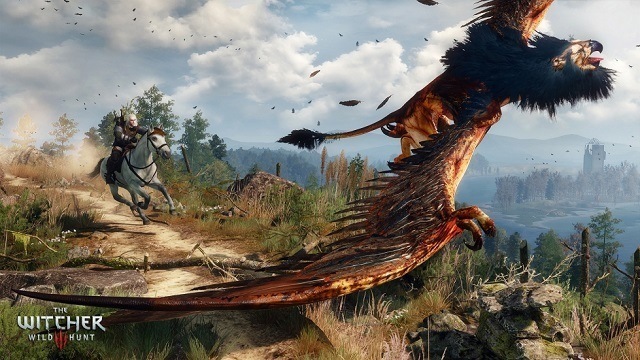



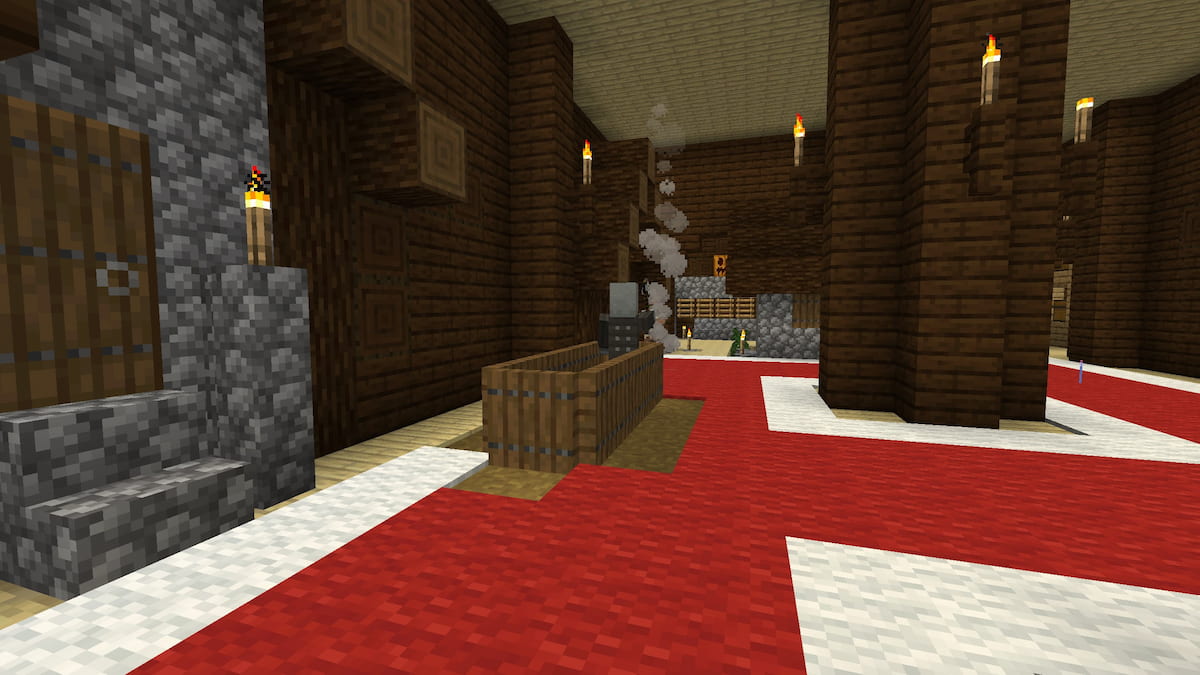
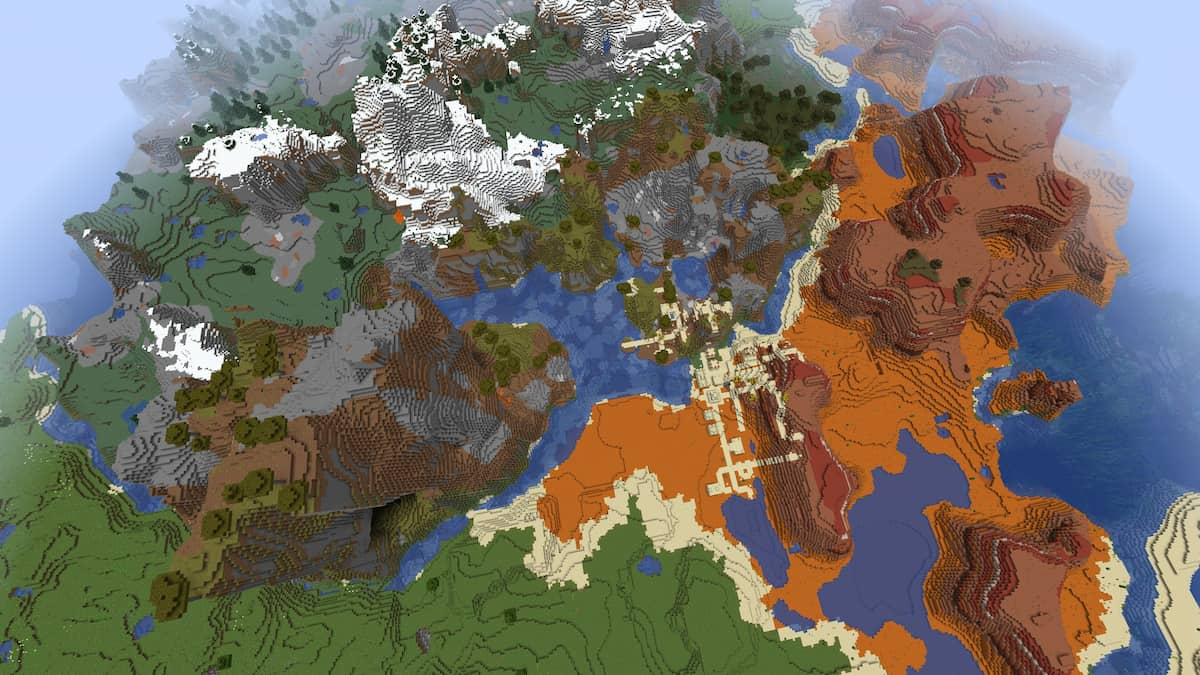
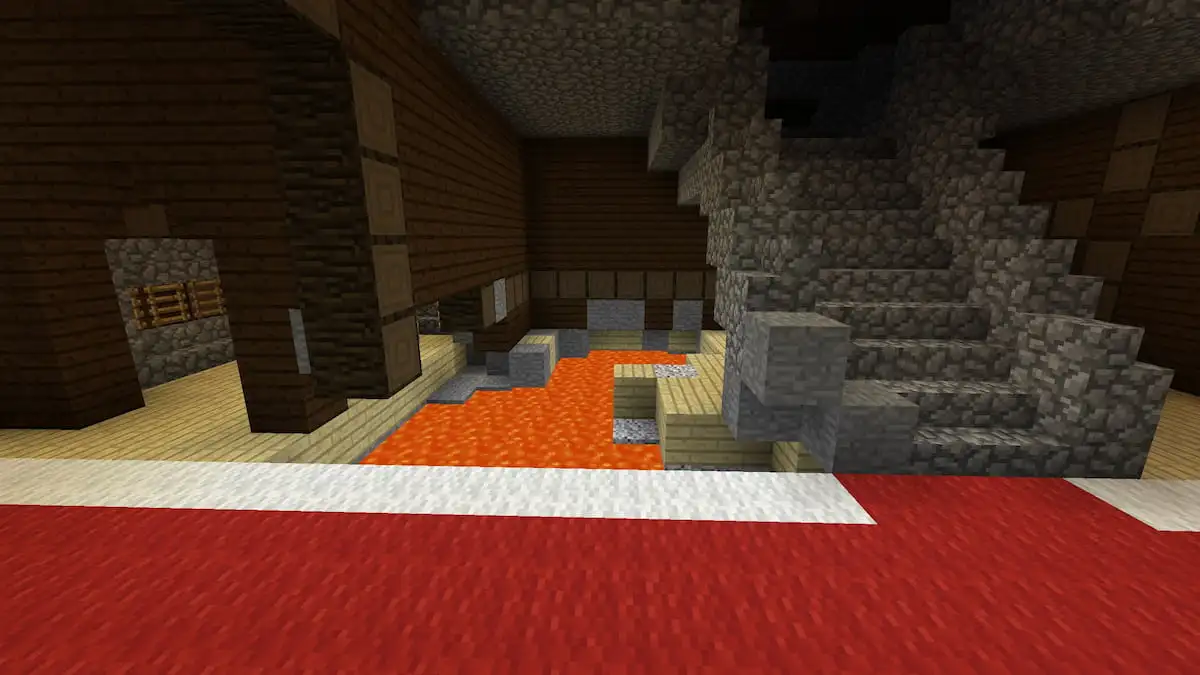
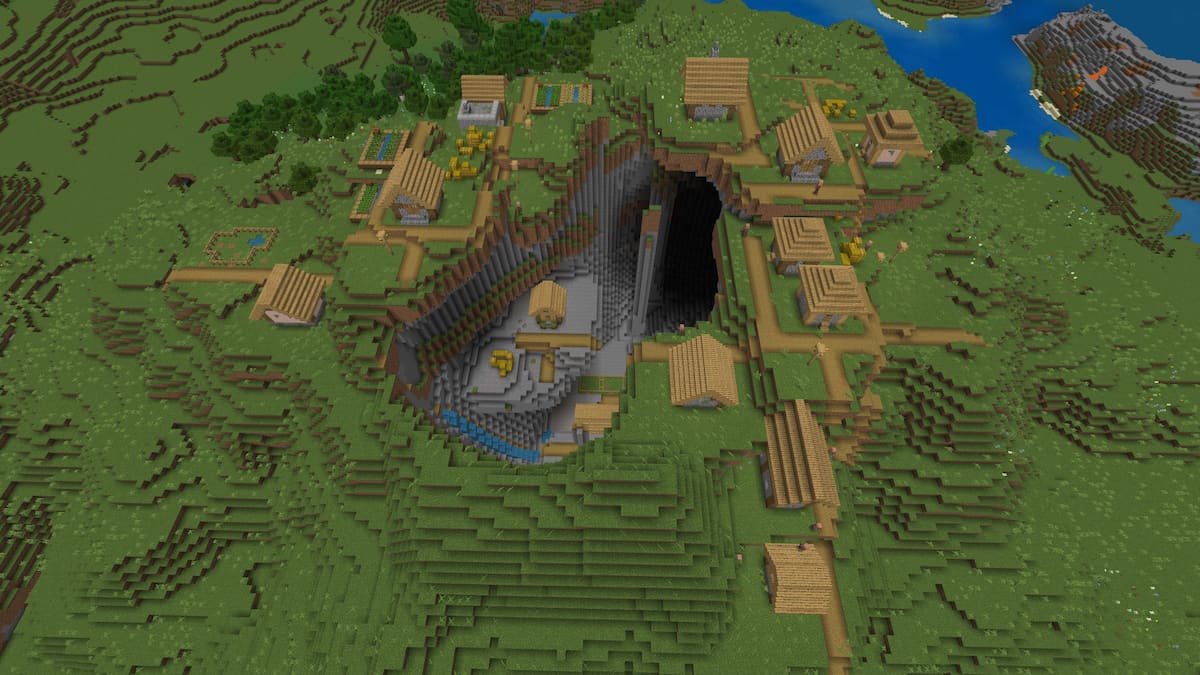
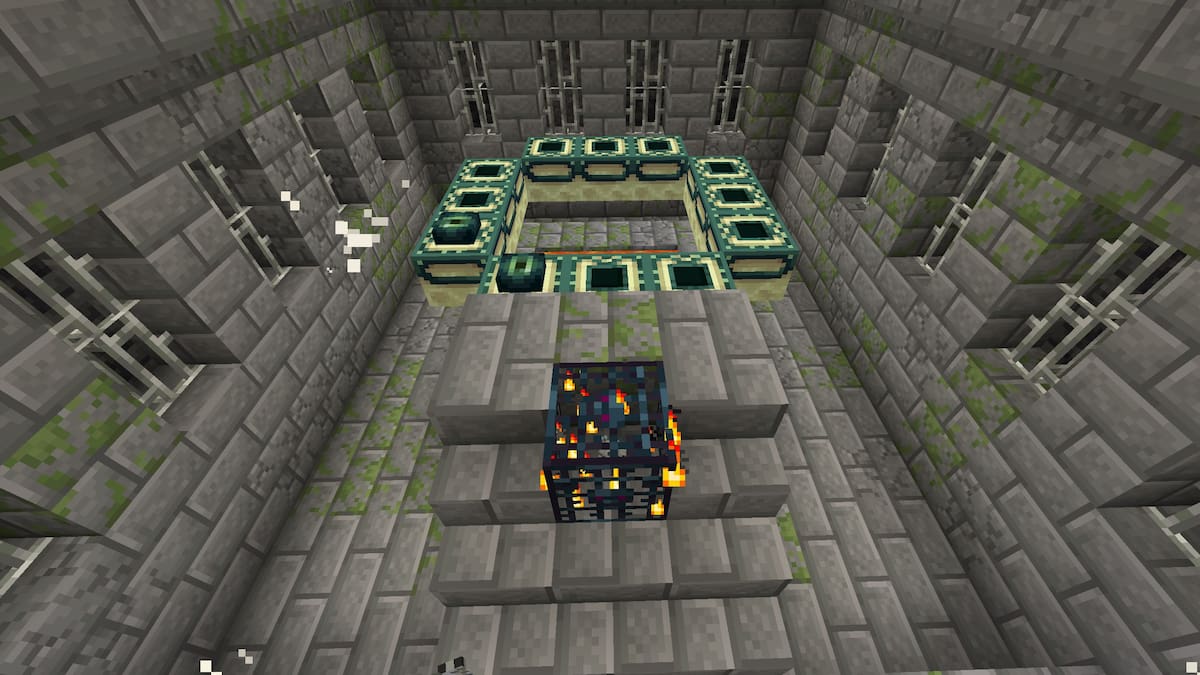
Published: May 19, 2015 07:57 am